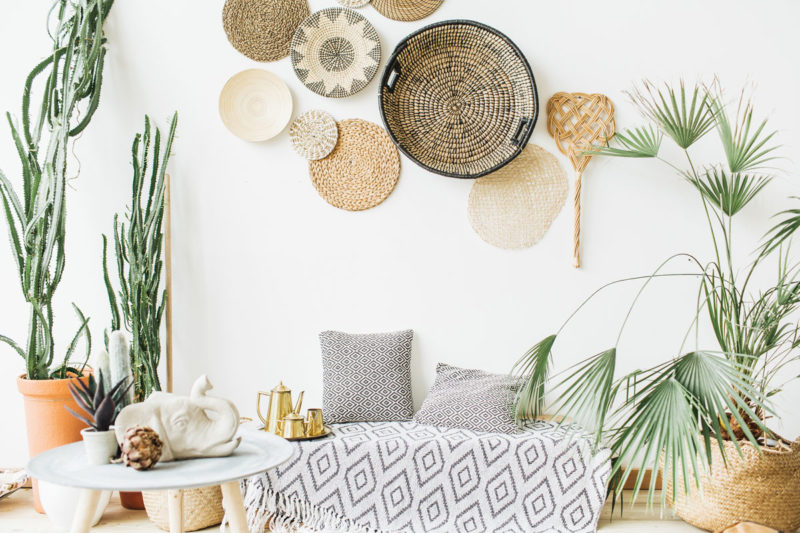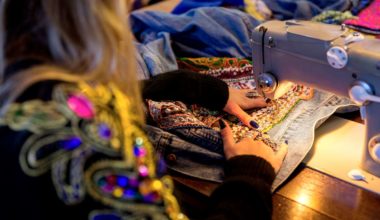Pollution is everywhere, and the vices of consumerism extend to the home improvement trade too. Producing items cheaply is favoured, even if it means using polluting materials. But it doesn’t have to be this way. Here’s the guide to clean, environmentally-responsible home improvement that’s considerate of a planet set to become more clean!
Eco-friendly home improvement with homemade solutions
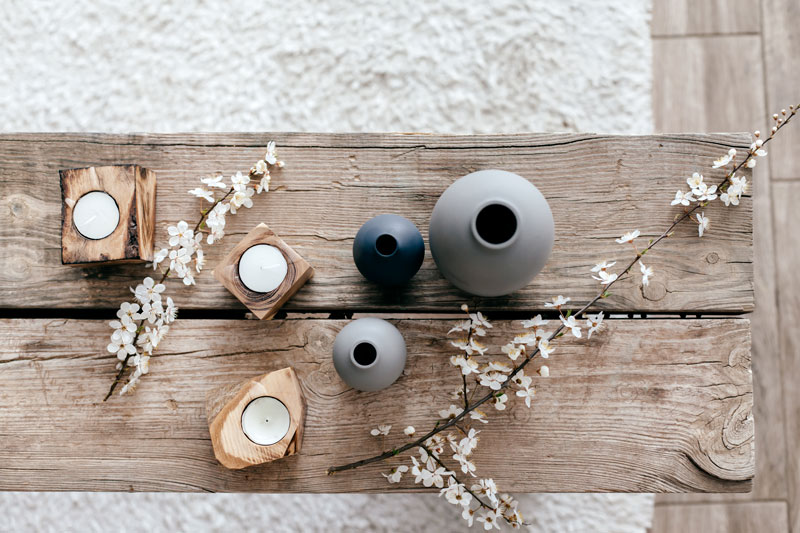
So what’s the first idea to explore to get started with eco-friendly home improvement? The options in terms of everything that you can make yourself. With salvaged or natural materials, and either way, materials whose production won’t generate any pollution. There are a great many tutorials out there for learning how to make your own eco-friendly home improvement solutions. They range from the smallest items (like on www.18h39.fr) to the biggest pieces of kit as explained on the low tech lab site. Homemade solutions are a fun way to improve your home the eco-friendly way, while learning DIY skills. More importantly, they make it possible to make your own made-to-measure items: shelves, frames… No need to be dictated to by those standard sizes any longer! A pallet converted into a coffee table, footstools made from fabric remnants or a tree trunk that serves as a bench… Anything goes!
Nordic and Scandinavian home improvement: lagom style
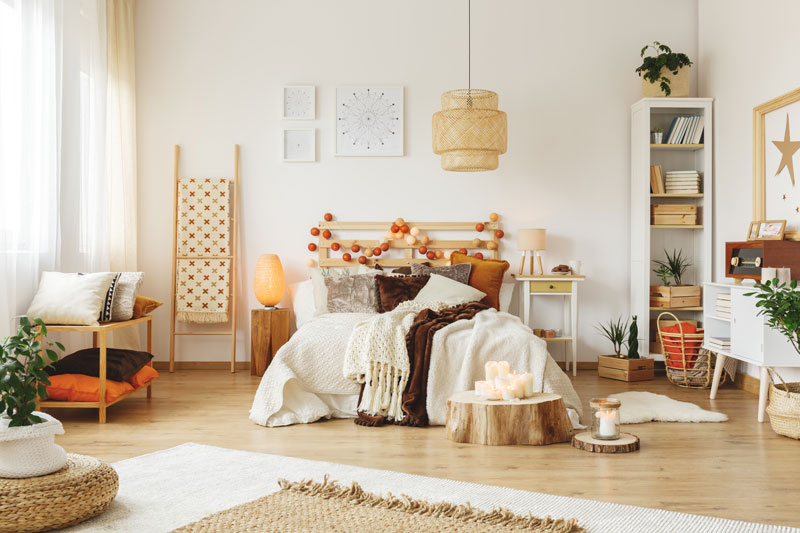
Nordic style, which is very popular right now, also guides us onto the path of clean home improvement. It puts a lot of emphasis on natural materials: wood and stone. It also brings plant life into indoor spaces for a back-to-nature feel and a healthy home. The style is pared down and minimalist, yet cosy. The lagom approach, which in Swedish means “neither too much nor too little”, is also about “less but better”: fewer items, but finer materials, items that cost more to buy but are worth it, crafted by responsible artisans. Family furniture, customised and updated, with minimal ecological impact and a longer lifespan. The idea is to part company with gimmicky items in favour of those with a history behind them, which are sustainable, and which bring emotion rather than pollution with them.
Organic and/or eco-friendly paint
Glycero paint or “solvent-based” paint with oil, often diluted with white spirit, is the kind that smells very strong while drying, and is to be avoided like the plague. Instead, favour water-based or “acrylic” paint without solvents, which gives off little or no odour even though it still contains chemicals. All paint, even the eco-friendly variety, contains Volatile Organic Compounds (VOC), not least because of the colourants, which can impact on the environment and also on human health. Nonetheless, natural formulations labelled “VOC free” are much less harmful, as their VOC content is minimal. This also applies to organic formulations containing no petrochemical ingredients. These are formulated with plant-based or mineral-based ingredients like rapeseed, linseed or ricin oil, chalk, clay or marble powder to thicken them. Mineral pigments extracted from coloured earth impart vibrant colours to them. This type of paint, which is sometimes known as biosourced, can also contain citrus or pine essences that are stronger-smelling even though they are all natural. Lastly, in France, some eco-friendly paint bears the “NF Environnement” label, the EU ecolabel with the flower symbol or the Ecocert Peinture Nature label, if 100% of its ingredients are natural. There is also a “Natureplus” label to certify eco-friendly products for construction and remodelling.
Eco-designed and ethically-designed furniture
Ecological issues go hand-in-hand with ethical considerations, and you have to ask yourself the right questions before buying. Where was the piece of furniture designed? By whom? Under what kind of conditions? This soon turns you away from big-name products and towards ecodesign. This encompasses recycled materials, production of the item in the country where it’s sold (in our case France), opting for local artisans and the life cycle. Everything is designed to have the smallest impact on the environment. Ideally, buy directly from the producer or manufacturer, and do check the production methods used. The aim is for your purchase to financially support responsible raw material sourcing streams like wood from eco-managed forests.
Home improvement specialists and environmentally responsible brands

Pure & Paint 
Colibri 
Alki 
Tiptoe 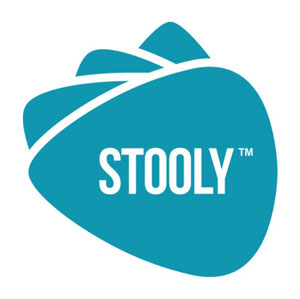
Stooly 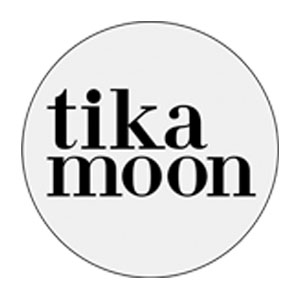
Tikamoon
Lastly, eco-friendly home improvement specialists can guide you in your choice of materials and suppliers who are mindful of the environment. This commitment can bring you the best that eco-friendly design and home improvement have to offer. Such professionals are familiar with the best eco-friendly, responsible, principled home improvement brands. They encompass the following:
- The Pure & Paint brand (made in France) or Colibri (natural, biosourced paint)
- Designer furniture crafted by the likes of Atelier Bud offering full traceability
- Alki with its cooperative system
- Tiptoe with its modulable furniture
- Forêt Mobilier with its traditional methods
- Ekobo items made from natural materials like bamboo
- ABC furniture with its eco-friendly beds made in France
- The Gautier brand (certified through the forest certification recognition programme [Programme de Reconnaissance des Certifications Forestières])
- Reine Mère and its eco-designed items and furniture
- Stooly with its reforestation programme
- Lago with its environmental impact calculation
- Tikamoon with its sustainable furniture
- Camif with its already long-standing commitment to local and sustainable home improvement
So as you can see, home improvement that steers clear of mass-produced offerings is not only possible but very gratifying for you, your family and the environment.


